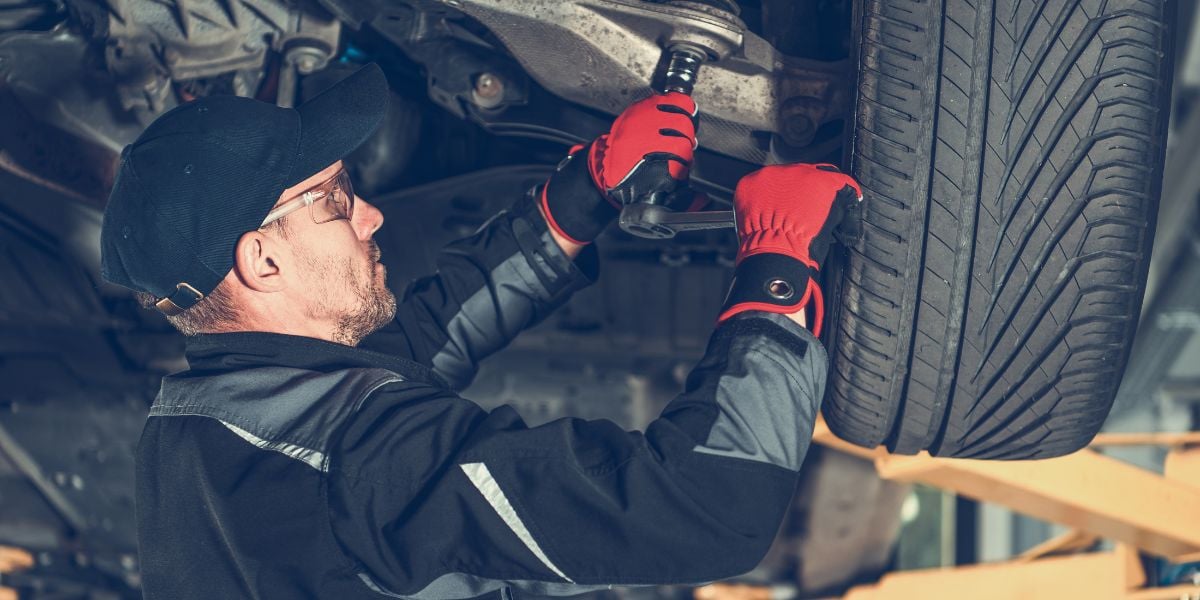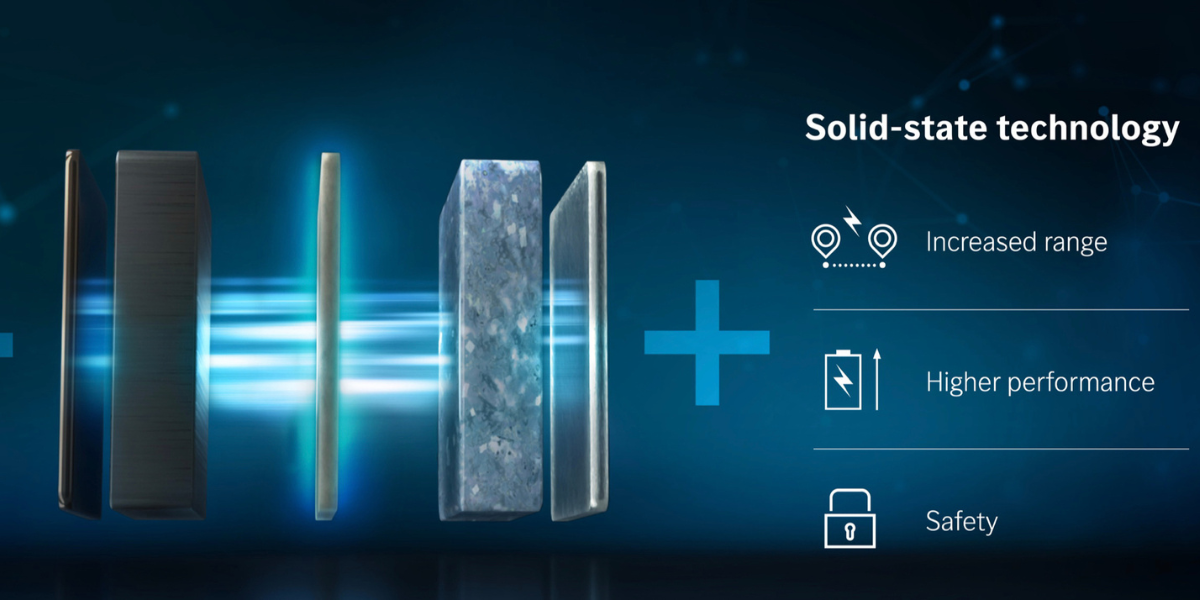WATCHWORD, “ZERO EMISSIONS”! ALL SOLUTIONS IN THE AUTOMOTIVE INDUSTRY – PART TWO
We continue to illustrate the other technologies applied to the automotive field that aim to reduce CO2 and limit polluting emissions into the air, thus bringing us closer to the goal of "zero emissions".
E-FUELS vehicles
E-fuels, or electrofuels, represent an innovative approach to decarbonizing internal combustion engines by synthesizing hydrocarbons using renewable electricity. These synthetic fuels are produced by combining hydrogen, obtained through electrolysis of water, with carbon dioxide captured from the atmosphere or industrial processes. The resulting fuel—such as synthetic gasoline, diesel, or methanol—is chemically similar to its fossil-based counterparts and can be used in existing ICEs and fuel distribution systems without modification. This compatibility gives e-fuels a strategic advantage in decarbonizing sectors that are difficult to electrify, including aviation, shipping, and long-haul trucking, and also in preserving automotive heritage and motorsport. However, the production of e-fuels is energy-intensive and currently less efficient compared to direct electrification. For every unit of renewable electricity used, only a fraction ends up as useful propulsion energy in the vehicle due to conversion losses in electrolysis, synthesis, and combustion. As such, the large-scale deployment of e-fuels depends on the availability of abundant and low-cost renewable energy. Their high production cost remains a barrier, but continued research and industrial scaling could improve competitiveness, particularly in regions with excess renewable energy generation.
BIOFUELS Vehicles
Biofuels represent a renewable alternative to fossil fuels in the automotive sector, offering a way to reduce greenhouse gas emissions and reliance on petroleum. Derived from organic materials such as crops, agricultural waste, or used cooking oils, biofuels can be used in internal combustion engines with minimal or no modification. The most common types are bioethanol and biodiesel. Bioethanol, typically produced from sugarcane or corn through fermentation, is often blended with gasoline to form E10 or E85 fuels. Biodiesel, derived from vegetable oils or animal fats, is usually mixed with diesel to create blends like B5 or B20. These fuels burn cleaner than their petroleum counterparts, emitting fewer particulates and lower CO₂ levels on a life-cycle basis, especially when produced sustainably. Advanced biofuels, made from non-food biomass like cellulose or algae, offer even greater environmental benefits by minimizing land-use conflicts and emissions from cultivation. Biofuels are compatible with existing fuel infrastructure and vehicles, which makes them a practical transitional solution. However, challenges remain, including competition with food production, variable emission performance depending on feedstock and processing methods, and scalability. Regulatory support and technological advances are helping to address these issues. In many regions, mandates and incentives encourage blending biofuels with conventional fuels to meet renewable energy targets. As the automotive industry diversifies its energy sources, biofuels play a complementary role alongside electrification, hydrogen, and synthetic fuels. They are particularly useful for sectors that are harder to electrify, such as aviation, heavy-duty transport, and legacy vehicle fleets. With continued innovation and sustainable sourcing, biofuels hold promise as part of a broader strategy to decarbonize transportation and support the energy transition without requiring a complete overhaul of existing engines and infrastructure.
To each his own
Consumer adoption patterns are influenced not only by technological merit but also by infrastructure availability, purchase and operational costs, regulatory frameworks, and perceptions of convenience. Governments play a crucial role by implementing emissions regulations, offering tax incentives, and investing in fuel distribution networks. Environmental life cycle assessments are becoming increasingly important in shaping policy and consumer choices, highlighting the need to evaluate the entire fuel and vehicle production chain rather than focusing solely on tailpipe emissions. Moreover, the integration of smart technologies such as vehicle-to-grid (V2G) systems in electric vehicles, telematics in bi-fuel cars, and digital fuel management in CNG and hydrogen vehicles are enhancing the efficiency and user experience of these technologies. As vehicle connectivity improves, predictive maintenance, fuel optimization, and route planning are being tailored to specific powertrains, further leveraging the strengths of each fuel type. Looking forward, the convergence of energy and mobility systems suggests that future vehicles will be embedded within larger, smarter ecosystems.
Battery Electric Vehicles may serve as decentralized energy storage units, helping stabilize power grids.
Hydrogen could be stored seasonally and used across multiple sectors, including transport, industry, and power generation.
E-FUELS/BIOFUELS may create global trade opportunities by enabling the export of renewable energy in chemical form from solar-rich countries to industrialized regions and develop an alternative fuel derived from organic materials.
LPG and CNG vehicles may continue to serve as reliable and cost-effective options in transitional economies or for specific commercial purposes.
Ultimately, the trajectory of automotive fuel technology will be defined by a combination of innovation, regulation, and market forces. No single technology will universally prevail; instead, a patchwork of solutions will coexist and evolve, tailored to the unique needs of different regions, applications, and consumer segments. The future of mobility lies not in one fuel, but in the ability to flexibly harness the best of many.



